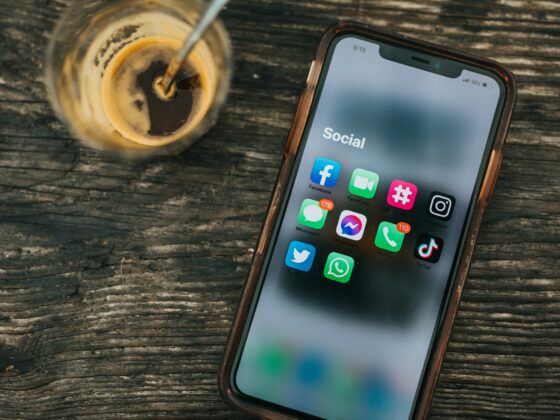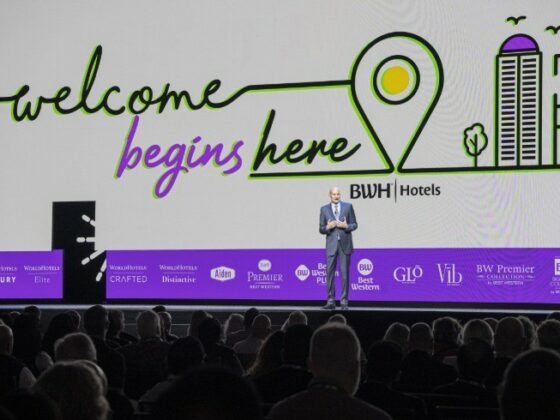
The next big marketing communication platform is here — rich communications services (RCS). This messaging protocol holds the promise of supercharging – and possibly even replacing – the value of the SMS (short message service) format marketers have grown to know and love.
Though Android already supported RCS, Apple accelerated the transition by introducing RCS messaging support in its latest iOS update, quickly driving large-scale adoption – particularly in the US – and setting the stage for a new era of brand communication. Many users may view this new format as bridging the gap over the iPhone/Android divide, with new and improved features like the improved quality of rich media sharing and animated ellipses indicating someone in progress of texting you back. However, RCS is so much more. It’s actually a really big deal for marketers and brand messaging.
The RCS Advantage for Brands
Many brands have come to know and love the value of SMS text messages for marketing. According to Insider Intelligence, SMS boasts a 97% read rate within 15 minutes of being received, and the clickthrough rate is significantly higher for SMS compared to email. RCS unlocks even more potential value for brands with capabilities including:
- Rich customer servicing: Key features like read receipts and typing indicators (i.e. animated ellipses) elevate the authenticity of a brand having an actual conversation with their guests. RCS also offers the feature of suggested quick-reply buttons for guests to easily tap their next action vs. having to type it out, enabling crisper, faster conversational messaging that will maintain strong engagement.
- Unified digital channel experience: SMS and MMS have certain channel capabilities that are not available in mobile apps, and vice versa. RCS merges key features from these channels into one overall communication experience – without the hassle of downloading something. We see a day when guests don’t even need an app to order from their favorite restaurant.
- Reduced buyer journey friction: RCS supports browsing, ordering, payments and other functions within the native messaging platform, which means less toggling between apps and web browsers. This enables a more seamless customer journey that motivates users to follow through with purchases. Without having to be redirected to a separate app, RCS also offers an improved customer servicing experience for helping solve issues for things like order statuses or questions on existing reservations.
- Highly interactive: While SMS relies on text, RCS messages offer interactive elements such as images, videos, suggested action and reply buttons, and chat-like features (e.g., emoji reactions) that feel more modern and align with today’s consumer expectations.
Brands should expect RCS to be the standard in mobile messaging by the end of 2025. Now’s the time to get started with RCS in order to connect with your guests in a smarter, more meaningful way.
How to Lead the Way with RCS For Business
The first hand-raisers have the opportunity to leave a lasting impression by being among the first to activate RCS as a channel. Early activation allows brands to experiment with which use cases drive the most value, gather deeper funnel engagement data and optimize campaigns before RCS becomes the new norm.
Early adopters will see benefits from crisper customer interactions to higher conversion rates, giving them a real edge over the competition.
The transition will require marketing teams to rest how they think about digital marketing use cases and the correlating success metrics. What click-throughs and app downloads said about a campaign’s performance may no longer be as strong of success metrics as response rates, media consumption and tap-back reactions will be.
RCS isn’t just an upgrade from SMS for businesses – it’s a more effective way for them to connect with consumers, spark conversations and build lasting loyalty through rich, interactive, highly personalized messaging. Consumers are ready for it – and you should be, too.







